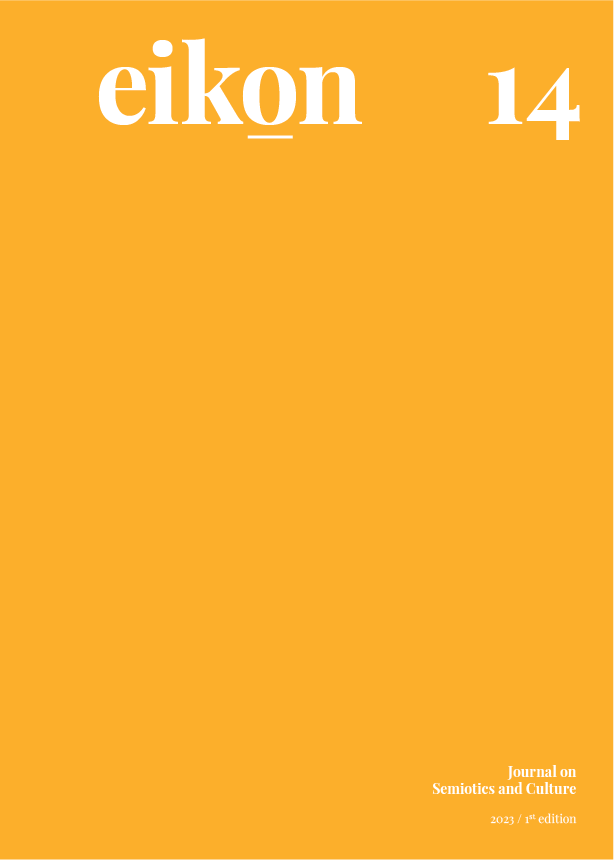Science Communication from a Socio-Semiotic Perspective
audiovisual in the digital environment
Abstract
This research explores enunciative strategies, regimes of meaning and interaction present in science communication videos on YouTube. The aim is to understand the meanings constructed and the presence of the destinator in this digital environment, examining enunciation marks shaped by the platform. It also discusses the credibility of statements and the intersection between science and common sense in science communication (Bueno, 2010; Vogt, 2012; Lewestein, 2003). The object under investigation is the Pirulla Channel, whose creator has an academic degree in zoology and no professional training in video production. The French semiotic approach (Greimas, 2002; Landowski, 2014) is used for regimes of meaning and interaction. This study looks at how the destinator uses strategies to drive the construction of meaning in order to accentuate a taste for science as an object of value.
Downloads
Published
Issue
Section
License

This work is licensed under a Creative Commons Attribution-NonCommercial-NoDerivatives 3.0 Unported License.
Authors who publish with this journal agree to the following terms:
- Authors retain copyright and grant the journal right of first publication with the work simultaneously licensed under a Creative Commons Attribution License that allows others to share the work with an acknowledgement of the work's authorship and initial publication in this journal.
- Authors are able to enter into separate, additional contractual arrangements for the non-exclusive distribution of the journal's published version of the work (e.g., post it to an institutional repository or publish it in a book), with an acknowledgement of its initial publication in this journal.
- Authors are permitted and encouraged to post their work online (e.g., in institutional repositories or on their website) prior to and during the submission process, as it can lead to productive exchanges, as well as earlier and greater citation of published work (See The Effect of Open Access).

